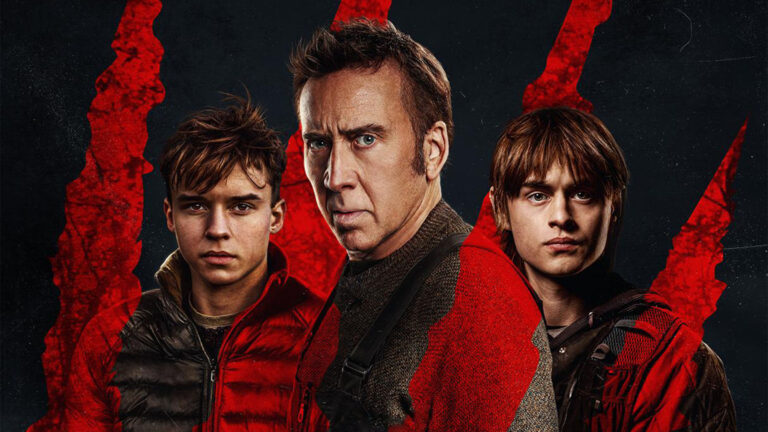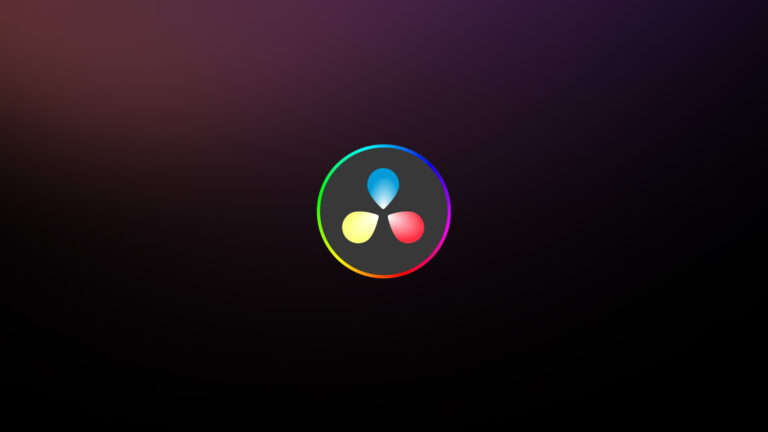What was the last Best Picture Oscar winner without any visual effects? And in what year did that movie win?
It’s a trivia question. And why does the Best Picture Oscar matter, anyhow? One writer rather hilariously argued in 2015 that the last “actual best picture” to win Best Picture was Titanic in 1997.
Titanic had some visual effects, by the way.
Every year around Oscar time, there is the inevitable debate as to whether the award matters. In her article entitled “The Oscars don’t matter. Here’s why you should watch them” author Julia Alexander calls the ceremony “outdated and biased, and in a world where films can be watched a hundred different ways — allowing audiences access to titles they never could have seen before — the Oscars are without a doubt behind the times.”
Well that’s no fun, Julia. Place your bets now, because the answer can be found by scrolling down. Meanwhile…
What was the last nominated Best Picture not to have VFX?
The last Best Picture nominee not to rely on any visual effects whatsoever is Midnight in Paris, in 2011. Four individuals are credited in the “visual effects” category, but I suspect no one has told Woody Allen or his producers what an actual visual effect is, because the list looks like this:
- Visual Effects by
- Markus Janner digital scanning and recording
- Marika D. Litz digital restoration artist (as Marika Litz)
- Chris MacKenzie digital opticals
- Ryan Duffy scanning: deluxe New York (uncredited)
Call me crazy for saying so, but those are D.I. credits. This film, after all, was shot on…film. Cafe Society is Woody Allen’s first digital feature, shot by Vittorio Storaro on the 4K Sony F65. It was a miraculous evolution for the digital intermediate to allow digital color to be applied to photochemical film, but sorry, that’s not a visual effect.
Also, it didn’t win.
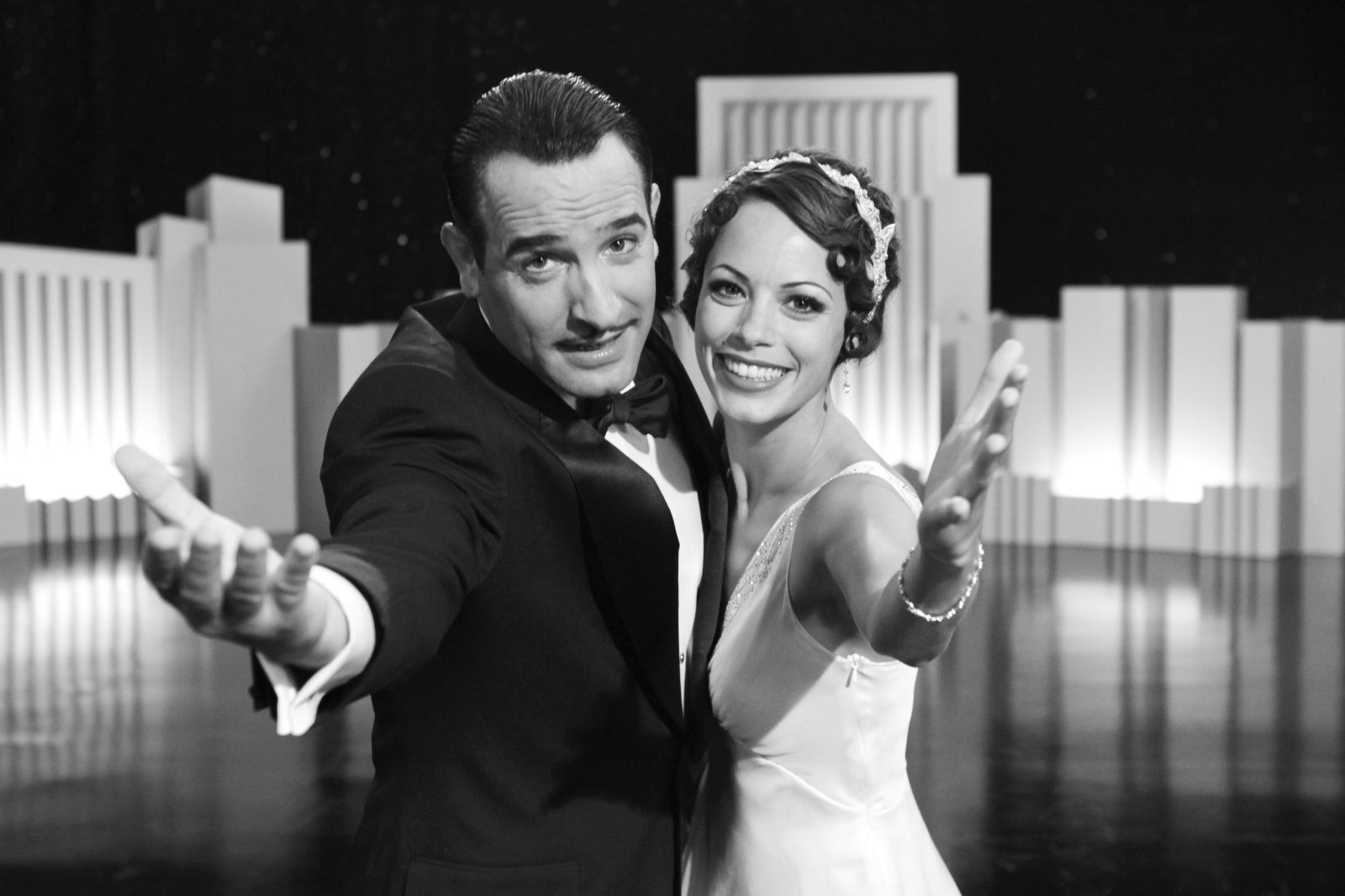
Nor did Boyhood, the closest thing to a documentary ever nominated for Best Picture. But that one would be disqualified anyhow. Even the ultimate reality movie had a couple of compositors.
Give me a break, what are we even calling a visual effect here?
Ah, glad you asked! A visual effect is the manipulation of footage in post production to add a visual element to a scene. Removing something that doesn’t belong counts, because to “remove” something, you actually have to add something. I have from time to time wished clients understood that fact more clearly.
Technically, we are by the strictest sense of the term talking about what could be called CGI, except that we generally reserve that term for characters and scenes that are entirely fabricated via computer. It takes a computer to produce images of a legless Lieutenant Dan (Gary Sinise) but the effect was done using blue socks and digital compositing.
CGI usually refers to foreground and background elements (characters, scenery, and props) that would not exist at all had they not be created with computer software. A digital matte painting created “from scratch” in Photoshop is not generally considered CGI. A chrome teapot on a checkerboard floor and Jar-Jar Binks are CGI.

Clearly there has been something of a backlash against CGI recently, with the adjective “cheesy” most commonly added to it. You can read about that here, and here, or just get the summary here, but if you want my take, just read on.
Why the backlash?
Blame Woody Allen. Just kidding. Sort of.
Visual effects has not, in most ways, ever had a place at the table in Hollywood. Unlike actors, directors, writers, editors, cinematographers—even stagehands and grips—they don’t have a union. Work conditions have led to public protests but the fundamentals remain unchanged.

Visual effects creators are rarely called “filmmakers.” I didn’t refer to myself that way when I was making visual effects for tentpole blockbusters, and the only people I knew who did were actually making their own films outside of work.
Just to state the obvious, studios clearly don’t want visual effects to be a filmmaking art, and never have. They want it to be a commodity. During the Life of Pi controversy Ang Lee voiced the basic view of his employers regarding visual effects for his movies: “I would like it to be cheaper.”
This is no conspiracy theory. Singling out visual effects that look cheap and hiding the ones that look good may not be a coordinated effort by Hollywood studios. However, if the overall goal is to cheapen them, that’s certainly one way to do it. You can also demand subsidies and play visual effects studios against one another.
We all saw the coverage of Star Wars: The Force Awakens and of Mad Max: Fury Road praising their use of practical rather than digital effects. In fact, some 2000 shots in Best Picture nominee Fury Road had digital visual effects—out of a total of around 2400 shots in the entire movie.

So how many effects were in the rest of the nominated pictures?
Spin. ILM. Pixomodo. The Artery, Crazy Horse Effects, Windmill Lane and Phosphene. Iloura. MPC. ILM again. Screen Scene.
This isn’t (exactly) the Visual Effects Oscar nominee list for 2015 (but there is overlap). These shops provided digital visual effects for the Best Picture nominees (in order: Spotlight, The Big Short, Bridge of Spies, Brooklyn, Mad Max: Fury Road, The Martian, The Revenant, and Room).
You can claim that, in the past at least, these movies would have been made without visual effects, but it’s bogus. Nobody cares that much about old Martian sci-fi movies, or conventional westerns anymore. At first, the press on Mad Max almost made it sound almost as if there were no digital effects. But if Fury Road had been untouched by computer graphics we know exactly how it would have looked: we have the three Mad Max movies that George Miller made in the 1980s.
A film like The Martian or The Revenant has easily over 1000 VFX shots. But even a film that you don’t associate with visual effects, like the Big Short, has easily 200.
I know you already scrolled down before, but here comes the moment you’ve all been waiting for.
And the Oscar goes to…
The last movie to win the Academy Award for Best Picture with no credited visual effects was Unforgiven, 1992.
Take a moment to let that sink in. Bill Clinton had taken office 2 months prior. The Oscars, hosted by Billy Crystal, shocked viewers by passing up 4 of the most powerhouse actresses in the world to award newcomer Marisa Tomei the Best Supporting Actress Oscar for My Cousin Vinny.
Nobody took note that not only did Unforgiven have no post-production visual effects, it was the last Best Picture winner not to have digital visual effects.
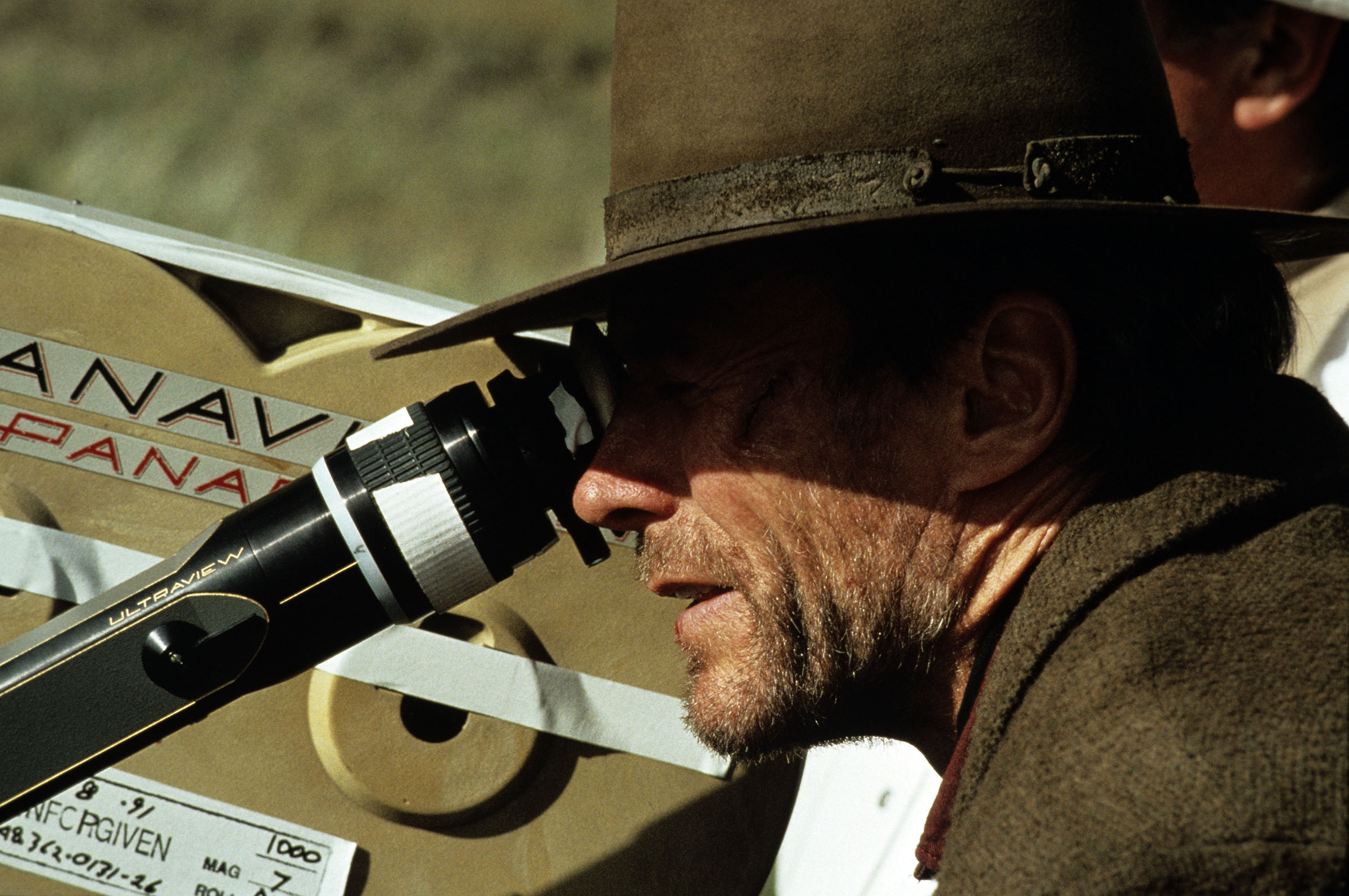
The internet wasn’t even a thing. Kurt Cobain had a full year left. On that same night, Audrey Hepburn and Elizabeth Taylor took the stage to receive the Jean Hersholt Humanitarian Award.
Clint Eastwood provided a dark take on the spaghetti westerns that had made him famous as an actor. No post-production effects were needed to recreate that style. In 1992, post-production would almost certainly have just gotten in the way.
Jurassic Park hadn’t happened yet, either. There was no such thing as CGI in the popular imagination. The winner the following year featured what became known as the “Schindler Effect”—ILM put a little girl in a red coat, and now tutorials show you how to do the same effect in Final Cut Pro X.
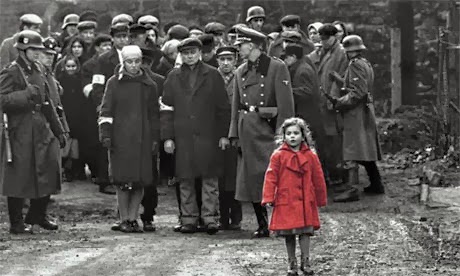
Roll credits
When I was at Lucasfilm, we used to get periodic visits from the man himself, George Lucas. He even once showed up one night after an ILM screening of the original, pre-restoration THX 1138 and answered questions.
When a question inferred that George was a “brilliant technician” I remember him becoming a little defensive, but his actual response is still a clear memory. “Film is a technical medium,” he said.
I don’t even remember what question he was answering. But at that moment I pictured George Lucas, teenage hot-rod enthusiast, standing behind a device made up of gears, glass and steel that would allow him to become a master storyteller, almost in spite of himself.


